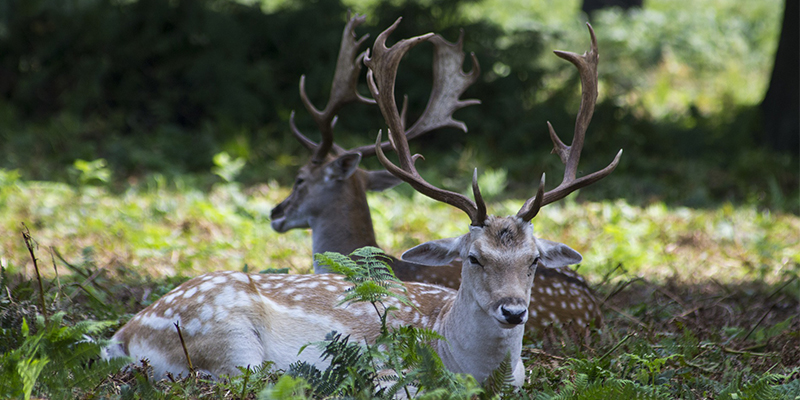European mammals making a comeback?
Jack Hatfield discusses his own work and other recent developments regarding European mammals.

You may have seen in the news recently that a Pine Marten (Martes martes) was caught on camera in London by researchers from the ZSL as part of a project aiming to monitor Hedgehogs (Erinaceus europaeus).
According to the report, this is the first time such a sighting has been made in the last century. So does this mean that we will all soon be trying to coax one of these charismatic critters into our gardens with the occasional jam sandwich (no joke!) and what is the bigger picture for European mammals as a whole?
As has been shown by the recent report many mammal species across Europe are increasing in response to conservation measures and changes in land-use and hunting pressures. In Jack Hatfield and collaborators recent study, we aimed to look at this across a longer timeframe accounting for both species losses and gains from multiple sources. We compared 8,000 years ago, when the climatic changes of the Early Holocene were coming to an end and agriculture was beginning to spread across Europe, to 2020 and found that the number of mammals present in most regions (countries, historic groupings, islands, and island groups) had increased over this time period. Measures of regional presence alone however do not provide the full picture.
In addition to species richness, we also looked at phylogenetic diversity which measures the extent to which the present assemblage spans the tree of life – how diverse is the assemblage when we think about evolutionary relationships. An assemblage containing species that are distantly related is more phylogenetically diverse than one containing only closely related species. This diversity is important as more distantly related species are more likely to act and behave differently, have different life histories, and fulfil different roles in the ecosystem. We also aimed to look more directly at the variety of roles played by species by using traits such as diet and body mass to calculate functional diversity. The results from these additional analyses showed a more complex pattern with phylogenetic diversity increasing in 33 regions and decreasing in 12. Functional diversity increased in 20 regions and decreased in 25. The species gained therefore are not always providing replacements for those that have been lost.
With support for further reintroductions and rewilding continuing to build we investigated what would happen to the diversity measures if all of the lost species that still survive elsewhere, or have suitable replacements, could be restored to their former ranges. This showed the potential for net gains in most regions relative to 8,000 years ago. How realistic is such a scenario? We might have to wait and see. Although great successes have been made with reintroductions, if we look at the UK for example a substantial proportion of species are still classed as decreasing. It may not be possible or even desirable to restore all species to all the places they used to occur on our much-changed planet but for some species at least the future looks a little brighter.
For further details read our recent study:
Hatfield, J. H., Davis, K. E., & Thomas, C. D. (2022). Lost, gained, and regained functional and phylogenetic diversity of European mammals since 8000 years ago. Global Change Biology, 28, 5283– 5293.
Related links
Find out more about Jack Hatfield's research.
Related links
Find out more about Jack Hatfield's research.